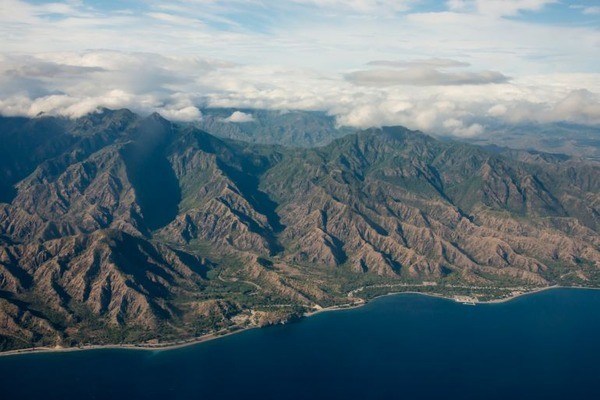Iran’s Plan to Strike Back Against the U.S.
Iran’s Military Preparations Following U.S. Attacks
Loading...

The area, along with neighboring Indonesia and Australia, boasts some of the earliest traces of human existence.
Stone tools and animal remains discovered in a deep cave in northern East Timor provide fresh insights into the ancient human habitation in the region, occurring over 35,000 years prior to the construction of Egypt's first pyramids.
Researchers from Australian and British universities report that the Laili rock shelter in northern East Timor yielded thousands of stone tools and animal bones, indicating human occupation around 44,000 years ago.
Their study, involving analysis of sediment layers dating between 59,000 and 54,000 years ago in the cave and other sites across East Timor (also known as Timor-Leste), revealed a distinct "arrival signature," suggesting human presence in the area began around 44,000 years ago.
Shimona Kealy, an archaeologist and palaeobiologist from the Australian National University involved in the research, noted that unlike other sites in the region, the Laili rock shelter retained deep sediment layers devoid of clear indications of human activity.
Distinguished Professor and archaeologist Sue O'Connor from the Australian National University highlighted that the analysis of newly examined sediment sheds light on the timing of human arrival on Timor Island.
"The absence of human presence on Timor Island prior to at least 50,000 years ago is significant, as it suggests that these early humans reached the island later than previously thought," remarked O'Connor.
The researchers, hailing from the Australian National University (ANU), Flinders University, University College London (UCL), and the ARC Centre of Excellence for Australian Biodiversity and Heritage, published their findings in the journal Nature Communications this week.
This recent discovery in the country adds to the array of ancient archaeological findings in the region, known for providing insights into the lives of early humans, alongside neighboring Indonesia and Australia.
Is Ancient Cultural Heritage Endangered?
Australia, located south of East Timor and Indonesia, boasts some of the world's oldest cultural heritage sites.
The Aboriginal people of Australia possess one of the longest continuous living cultures, with archaeological evidence tracing back at least 60,000 years.
In northwestern Australia, at Murujuga, approximately one million petroglyphs depict rock carvings dating back as far as 40,000 years.
These carvings showcase images of extinct animals, such as nail-tailed wallabies and thylacines, also known as Tasmanian tigers.
Earlier this year, the Murujuga Cultural Landscape was formally nominated for UNESCO World Heritage status.
Iran’s Military Preparations Following U.S. Attacks
Troops remain in five strategic locations, raising fears of renewed tensions and long-term occupation.
Opposition forces have taken control of the capital after a significant offensive. Here is how it unravelled.
